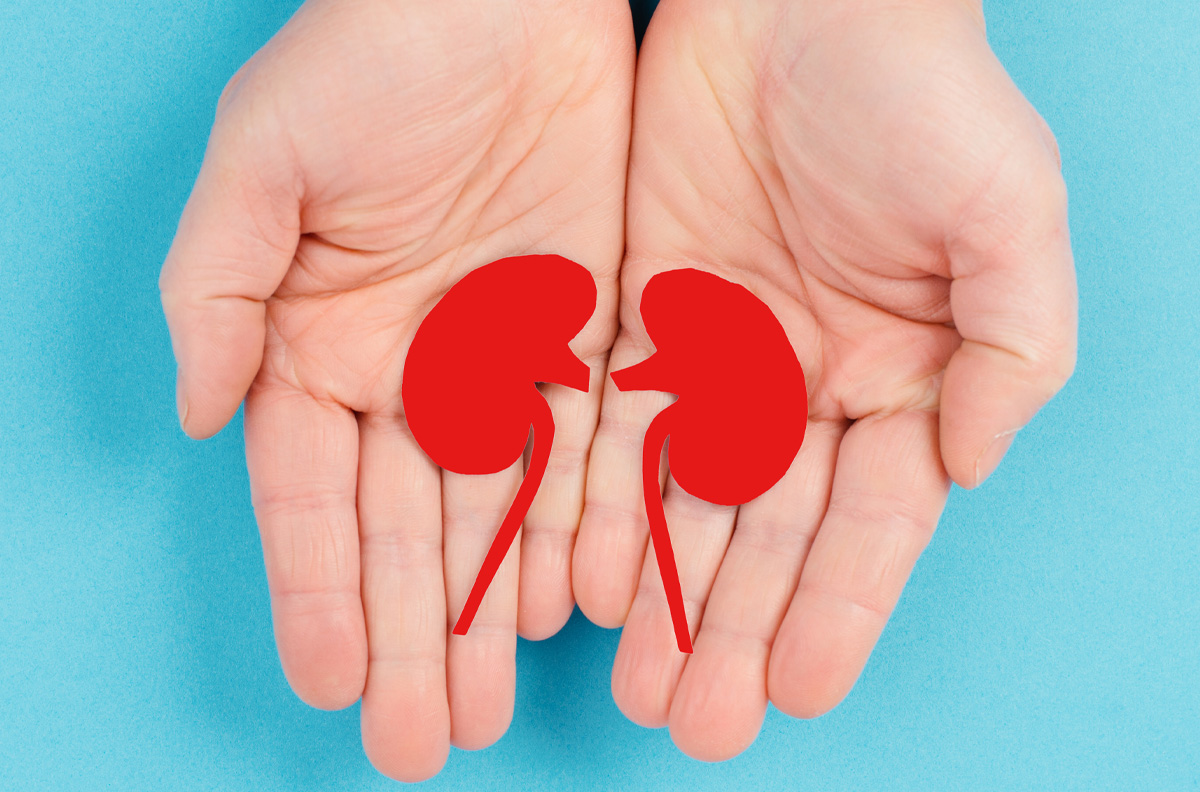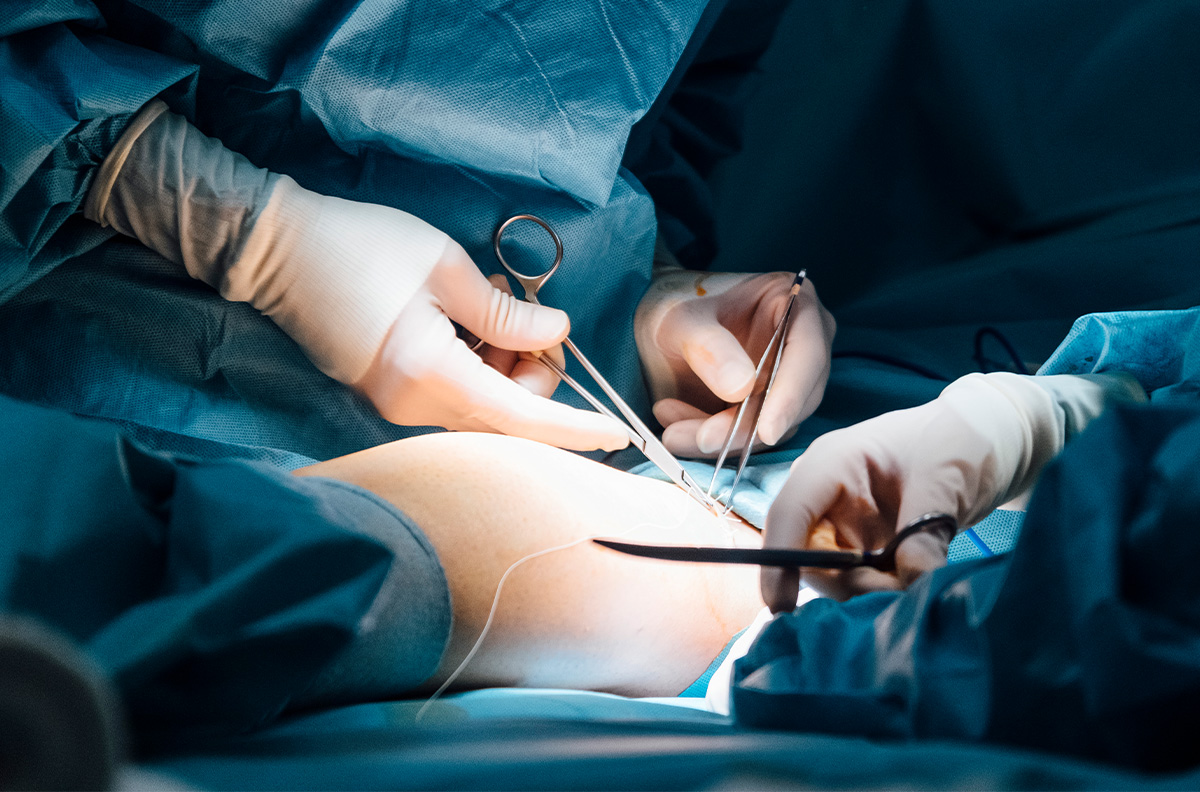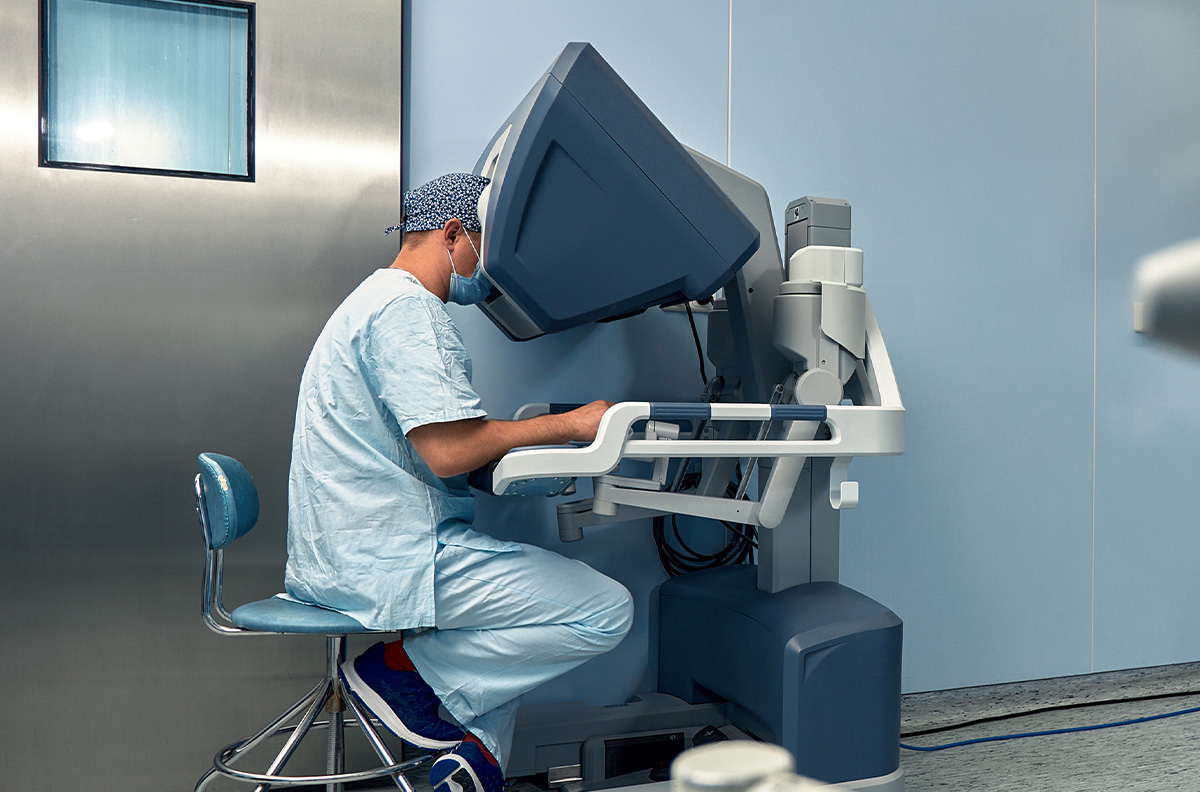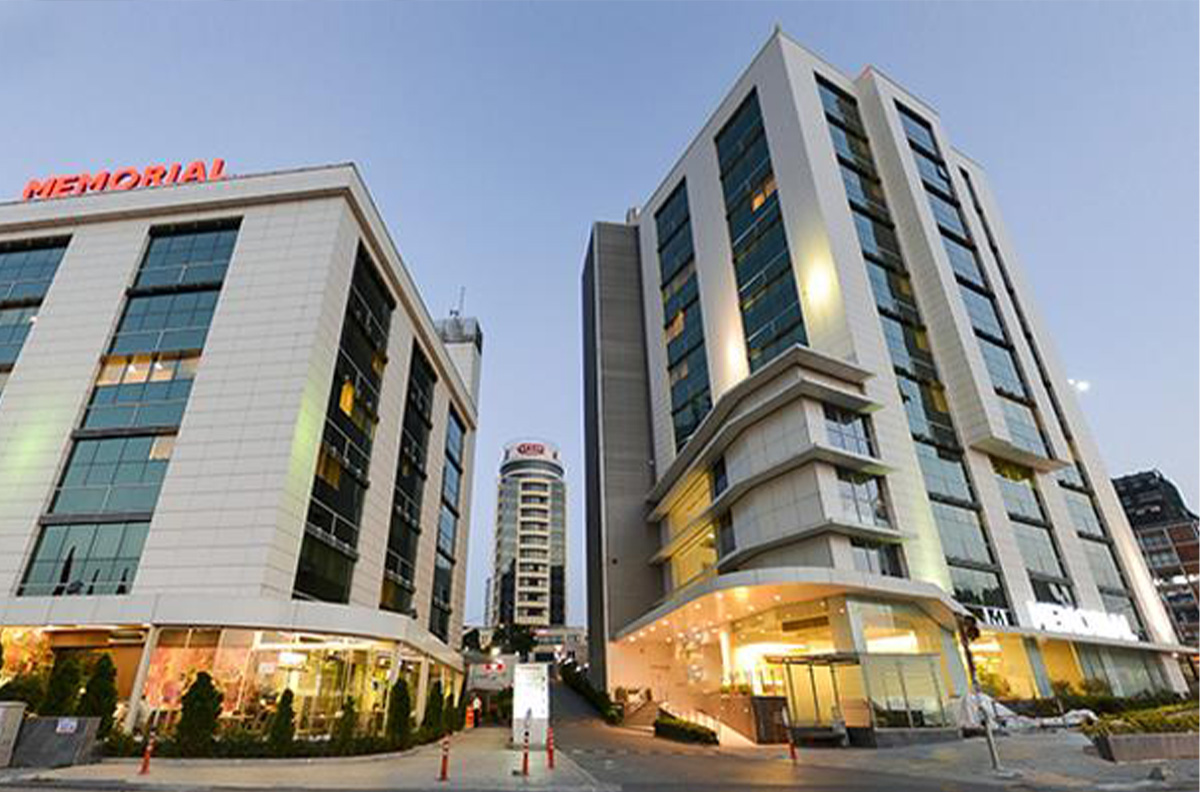Gastric Band
If you have an obesity problem and have concerns about surgical methods, you can opt for a gastric band. With the band placed around your stomach, you can lose weight easily.
Contents
Overview of Gastric Band
Gastric band surgery is an operation performed on patients with obesity-level weight problems. Although diet and exercise are the most reliable methods for losing weight, some patients may not succeed with these methods. Patients who follow unhealthy diets and do not exercise tend to gain weight over time, eventually reaching the threshold of obesity.
Patients with about 40-50 kg of excess weight can lose weight using the gastric band method. However, it is crucial for the patient to pay attention to certain details before and after the operation. Otherwise, weight loss will not occur.
After the operation, the patient must change their eating habits and strictly follow the doctor’s recommendations. The doctor will provide the necessary information before and after the operation. During the gastric band operation, a band is placed around the upper part of the stomach. The band, placed under the skin, reduces the volume of the stomach and decreases the desire to eat. After the operation, the gastric band can be adjusted. Depending on the patient’s needs, the passage of food can be increased or decreased after the surgery.
What is a Gastric Band?
Those researching “What is a gastric band?” should know that this method is very safe when performed by skilled hands. The gastric band was first applied in 1978. Wilkinson and Peloso placed a band around a patient’s stomach for the first time in that year. However, unlike today’s bands, the band used during the operation was not adjustable. By the 1980s, adjustable bands became available (1).
The gastric band is an operation that helps patients lose weight. However, using the band alone is not enough. Attention must also be paid to diet, exercise, and other factors. In the operation aiming to change eating habits, the amount of weight loss varies depending on the patient. This operation can help you get rid of all your excess weight. The adjustable silicone gastric band is placed around the stomach in about an hour. It may take two years to lose all the excess weight after the operation.
Patients wishing to undergo gastric band surgery must meet the necessary conditions. The operation is not possible for individuals who are addicted to alcohol or drugs. There may also be diseases that prevent the operation. This is evaluated by the doctor. Depending on the urgency of weight loss, a decision for surgery may be made despite the illness.
If the body mass index is not suitable, other surgical or non-surgical methods can be applied. Swallowable or endoscopic gastric balloons and sleeve gastrectomy are also applied for weight loss. The most suitable method for the patient is determined by the doctor.
Who Can Get a Gastric Band?
The question “Who can get a gastric band?” is on many people’s minds. For the operation, the patient should be between 18-65 years old. In necessary cases, individuals outside this age range can also have a gastric band. Patients under 18 must have parental consent for the surgery. Additionally, the necessary conditions must be met for the operation. Patients with a body mass index over 40 are suitable for the surgery. However, in necessary cases, the body mass index can drop to 35. If there are diseases such as diabetes caused by obesity, patients with an index value at this level can also undergo the operation.
Among the conditions for a gastric band is the patient’s psychological readiness for the process. After the operation, it is necessary to follow a specific diet for a long time. Some people cannot lose weight because they do not follow the diet. Even if the gastric band is successfully placed, the patient’s failure to follow the diet prevents weight loss. At this stage, the cooperation between the doctor, the patient, and the dietitian is crucial. Patients who have a gastric band must not neglect their post-operative check-ups.
Individuals who do not adhere to the dietary recommendations after surgery may experience problems such as vomiting and constipation. Those who eat correctly do not face such issues. Additionally, if protein-rich foods are not consumed, patients may experience hair loss. These problems are resolved quickly by following the doctor’s recommendations.
How is a Gastric Band Placed?
Different bands with various features are used for those who want to say goodbye to their excess weight. These medical devices have different filling volumes and features. Bands that can shape themselves, known as shape memory bands, are available. In Turkey, varieties such as Lapband, Swedish Adjustable Band, and Midband are used. A.M.I Soft Gastric Band Premium and Heliogast Advanced models can also be used. One of these options is used as a gastric band.
Once the appropriate product is determined, the surgical operation begins. First, general anesthesia is applied to the patient. Measures are taken to ensure the abdominal area meets the necessary hygiene conditions. An incision less than 1 cm wide is made in the abdomen. Through this, the junction of the esophagus and the stomach is reached. There is a few centimeters difference between the junction point and where the band is placed.
A balloon is located in the band placed around the stomach, which does not harm other tissues and organs. After being placed under the skin in the appropriate area, the balloon is inflated. The food accumulating in the inflated balloon gives a feeling of fullness. The closed technique used in the surgery allows the patient to maintain their comfort. There are no surgery scars after the operation. The gastric band is a medical device that is easy to remove. If necessary, the doctor can remove the gastric band. Post-surgery, rare conditions such as band slippage, infection, and allergic reactions to the balloon may occur. However, these risks are not present in operations performed by a professional team.
Is a Gastric Band Safe?
The gastric band is considered a reliable surgical method. After the surgery, you can continue your daily life from where you left off. It is beneficial to have this surgery to get rid of the difficulties caused by obesity in daily life.
Obesity leads to other diseases as well. The patient’s daily life is significantly negatively affected by obesity. Studies show that more than 2.8 million people worldwide die annually due to obesity. Moreover, 44% of diabetes patients and 23% of heart patients suffer from these health problems due to obesity (2). Therefore, this health problem needs to be treated as soon as possible. The treatment method can be determined as a gastric band if deemed appropriate by the doctor.
The feedback from those who have had a gastric band is generally positive. Patients who feel full more quickly after the operation eat less during meals. The small stomach pouch remaining in the upper part of the stomach fills up quickly, providing a feeling of fullness. Those who follow the dietary routine provided by the doctor lose their excess weight quickly. The risks of a gastric band typically include the risks common to all surgical operations. However, the likelihood of these risks occurring is low. Problems such as embolism and bleeding may occur at a very low rate. These issues are prevented by the doctor’s guidance and prescribed medications. There are also risks related to anesthesia, which are present in every operation. The doctor will inform you about the risks before the operation.
To see the positive effects of the operation, you should pay attention to certain details. Eating slowly is one of the points to consider. Additionally, those who undergo gastric band surgery should prolong the chewing process. Carbonated drinks should not be consumed, and water should be drunk between meals. You should stop eating as soon as you feel full. To facilitate weight loss, light-paced walking or various exercises can be done.
Those who have a gastric band should have no more than three meals a day. After the operation, a maximum of 1500 calories of food should be consumed daily. Additionally, protein intake and blood levels should be regularly monitored after the surgery. By paying attention to these details, you can lose all your excess weight healthily.







